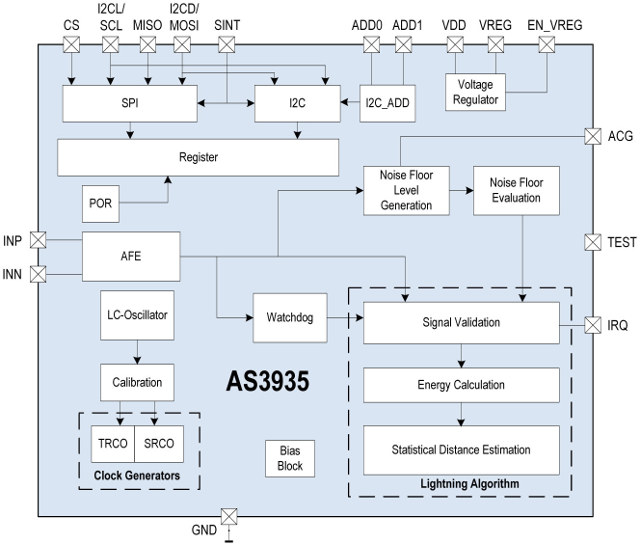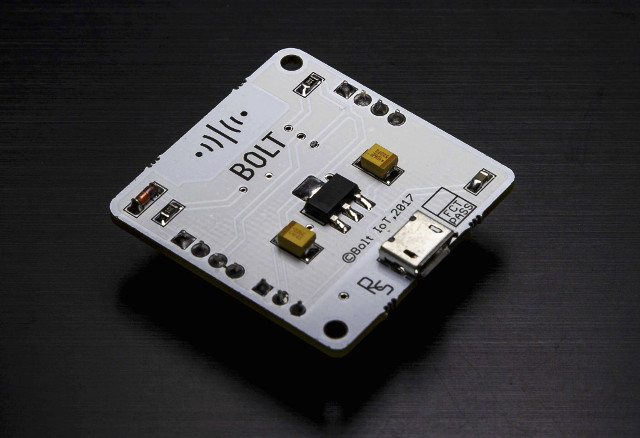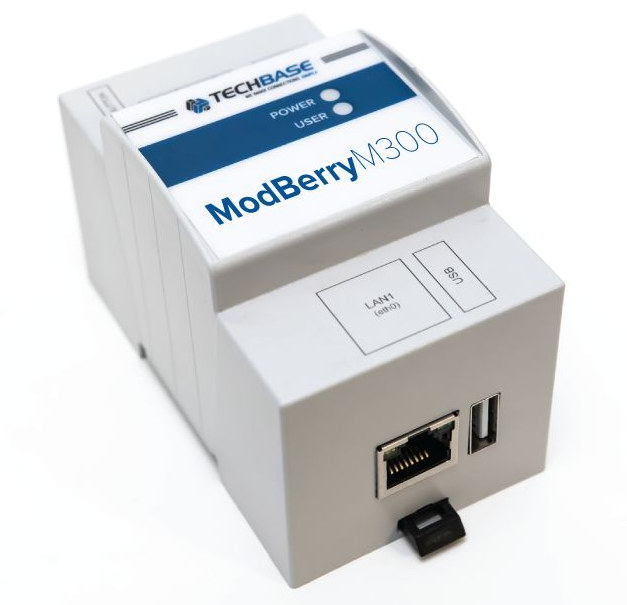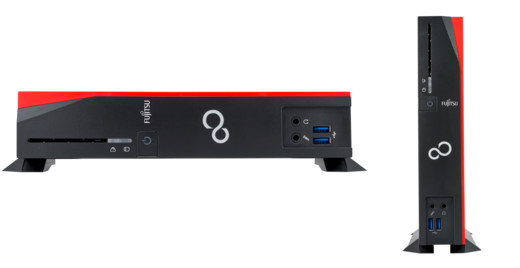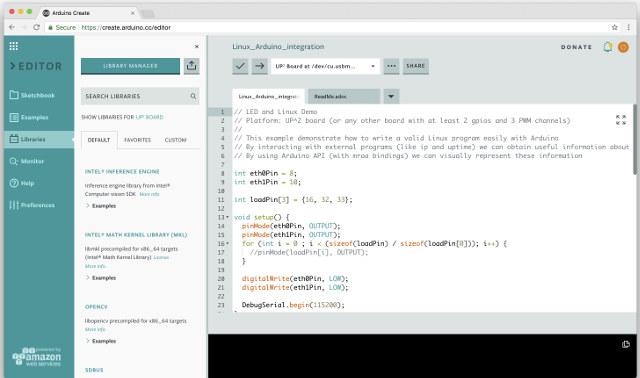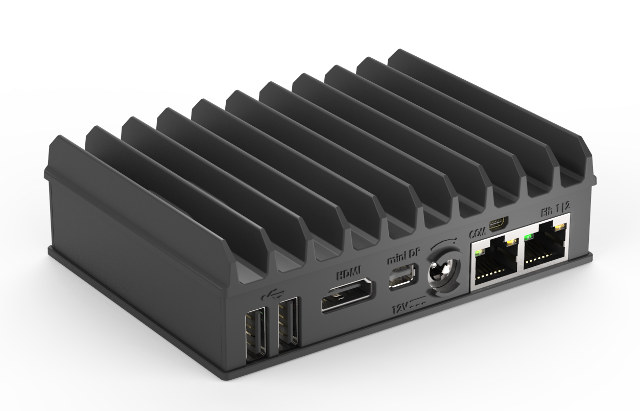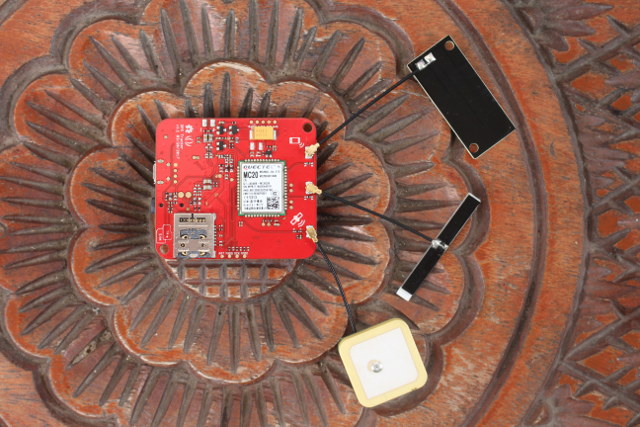Launched in 2012, AMS AS3935 Franklin lightning sensor is – at its name implies – a lightning sensing IC. The chip was designed for low power, portable or fixed wire-line applications, and beside detecting electrical emissions from lightning activity, it can also provide an estimation of the distance to the head of the storm from 40km away down to 1km, while filtering out other signals from motors, microwave ovens, etc… The chip interfaces via SPI or I2C to the host processor / micro-controller, and comes in a small MLPW-16 (4x4mm) package. Price is $3.55 per unit for 1k orders. Applications include wearables, golf carts, pool safety, portable GPS, bike computers, weather stations, uninterruptible power supplies, smart grid systems, environmental monitoring systems, etc… Basically, AS3935 can be used either for weather monitoring, or safety applications. I’ve found two maker boards with the chip: MikroElectronika Thunder Click board compatible with MikroBUS socket […]
Bolt IoT Platform Combines ESP8266, Mobile Apps, Cloud, and Machine Learning (Crowdfunding)
There are plenty of hardware to implemented IoT projects now, but in many cases a full integration to get data from sensors to the cloud requires going though a long list of instructions. Bolt IoT, an Indian and US based startup, has taken up the task to simplify IoT projects with their IoT platform comprised of ESP8266 Bolt WiFi module, a cloud service with machine learning capabilities, and mobile apps for Android and iOS. Bolt IoT module hardware specifications: Wireless Module – A.I Thinker ESP12 module based on ESP8266 WiSoC Connectivity – 802.11 b/g/n WiFi secured by WPA2 USB – 1x micro USB for power and programming Expansion – 4-pin female header and 7-pin female header with 5 digital I/Os, 1x analog I/O, and UART Misc – Cloud connection LED The hardware is not the most interesting part of Bolt IoT, since it offers similar functionalities as other ESP8266 boards. […]
TECHBASE ModBerry M300 Linux IoT Gateway is Powered by NanoPi NEO Board
We’ve previously covered TECHBASE Modberry industrial automation gateways based on popular development boards such as Raspberry Pi 3, NanoPi M1 Plus, and Intel Cherry Trail’s UP board, and designed for applications such as PLC controllers or MODBUS gateway / router. The company has now launched a new version with Modberry M300 powered NanoPi NEO Allwinner H3 board. ModBerry M300 gateway specifications: SoC – Allwinner H3 quad core Cortex A7 @ 1.2 GHz with an ARM Mali-400MP2 GPU System Memory – 512 MB DDR3 RAM Storage – micro SDHC card slot Connectivity 10/100M Ethernet port Optional Wi-Fi (IEEE 802.11 b/g/n, speed up to 150 Mbps, 64/128-bit WEP, WPA, WPA2), LTE/3G modem, GPS module, ZigBee, Bluetooth, LoRa, Wireless M-Bus, Nb-IoT USB – 1x USB 2.0 host port, 2x USB 2.0 host header Expansion I/Os 2x DIO ports 1x RS-232, 1x RS-485 1x 2-pin mBus master for up to 10 slave devices Optional […]
FUJITSU FUTRO S540, S740, and S940 Thin Clients are Powered by Intel Gemini Lake Processors
Intel Gemini Lake processors should be officially launched in a few weeks with Pentium & Celeron SKUs. We already have a good idea about the new processors’ features, but AFAIK so far there’s been no official announcement of products based on the new processor family, since companies must still be under embargo. FanlessTech noticed three new FUJITSI FUTRO thin clients (S540, S740, and S940), and upon further research found they were based on mini-ITX and mini-STX motherboards equipped with Intel Celeron J4005/J4105 or Pentium J5005 Gemini Lake SoC. Let’s have a look at one of the models’ specifications (FUTRO S940): Mainboard – D3543-A mini-ITX board SoC – Intel Pentium Silver J5005 quad core processor @ up to 2.8 GHz with Intel Gen9 HD Graphics supporting DirectX 12, OpenGL 4.4, Open CL 1.2, OpenGL ES 3.1, Vulkan; 10W TDP System Memory – 2 GB – 16 GB via SO-DIMM slot (DDR4, 2400 […]
Arduino Create Adds Support for Linux Development Boards (based on Intel processors for now)
Most people are used to program Arduino compatible boards with the Arduino IDE that they’ve installed in their Windows/Linux/Mac OS computer, and manage everything locally. But Arduino introduced Arduino Create last year, which includes Arduino Web Editor allowing you to perform the same tasks in your web browser, and save your files in the cloud. The company has now added Linux support to Arduino Create so that users can now program their Linux devices as if they were regular Arduino boards, and easily deploy IoT applications with integrated cloud services. The initial release has been sponsored by Intel, and currently supports X86/X86_64 boards, but other hardware architectures will be supported in the coming month. In the meantime, AAEON UP2 board is the best platform to get started, as a complete getting started guide is available for the platform. But other mini PCs such as Intel NUC, Dell Wyse, Gigabyte GB-BXT are […]
Compulab Fitlet2 Fanless Apollo Lake Mini PC is Designed for Industrial IoT Gateways
Compulab Fitlet mini PCs were introduced in January 2015 with AMD Mullins processors, namely AMD A4 Micro-6400T or E1 Micro-6200T both of which including Radeon graphics, and supporting up to 8GB RAM, mSATA, up to two HDMI port, up to four Gigabit Ethernet ports. The company has now launched Fitlet2 mini PCs, replacing AMD processors by Intel Apollo Lake SoCs, supporting up to 16 GB RAM, and designed for “demanding IoT applications” with support for wide temperature range, and long term support and warranty. Fitlet2 specifications: SoC (from a choice among three) Intel Atom x7-E3950 quad core processor @ 1.6 / 2.0 GHz with 18 EU HD graphics; 12W TDP Intel Atom x5-E3930 dual core processor @ 1.3 / 1.8 GHz with 12 EU HD graphics; 6.5W TDP Intel Celeron J3455 quad core processor @ 1.5 / 2.2 GHz with 12 EU HD graphics; 10W TDP System Memory – 1x […]
Giveaway Week – Wio GPS Tracker Board
It’s Friday, and the fifth day of giveaway week on CNX Software. Today, I’ll be giving away Wio Tracker, an Arduino compatible board based on Microchip / Atmel SAMD21 ARM Cortex M0 MCU with GPS, Bluetooth, 2G GSM/GPRS connectivity. My review of the board was rather negative, as I only managed to make Bluetooth 3.0 work while following the documentation as it was back in May. Since then the documentation seems to have improved, and other people have been more successful than me, and made the blink LED, and GPS samples to work. This version of the board only support 2G, so make sure it is still supported in your region/country. To enter the draw simply leave a comment below. Other rules are as follows: Only one entry per contest. I will filter out entries with the same IP and/or email address. Contests are open for 48 hours starting at […]
Giveaway Week – ESP32 PICO Kit v3 Boards
I don’t have one, but eight boards to give away to four winners (2 each) with Espressif Systems ESP32 PICO Kit v3 board based on ESP32-PICO-D4 SIP, an all-in one package with ESP32, 4MB SPI flash, crystal oscillator, and passive components, which allows for smaller boards. The board is very similar to any other ESP32 boards, and software compatible, but it’s just quite thinner, and easier to work with on breadboards. Since I had already played with Arduino Core and Espruino (JavaScript) on other boards, I used one of the 10 boards provided by Espressif to play with Micropyhon on ESP32. Each winner will get two ESP32 PICO Core board in order to make it worthwhile with regards to shipping costs. To enter the draw simply leave a comment below. Other rules are as follows: Only one entry per contest. I will filter out entries with the same IP and/or […]


